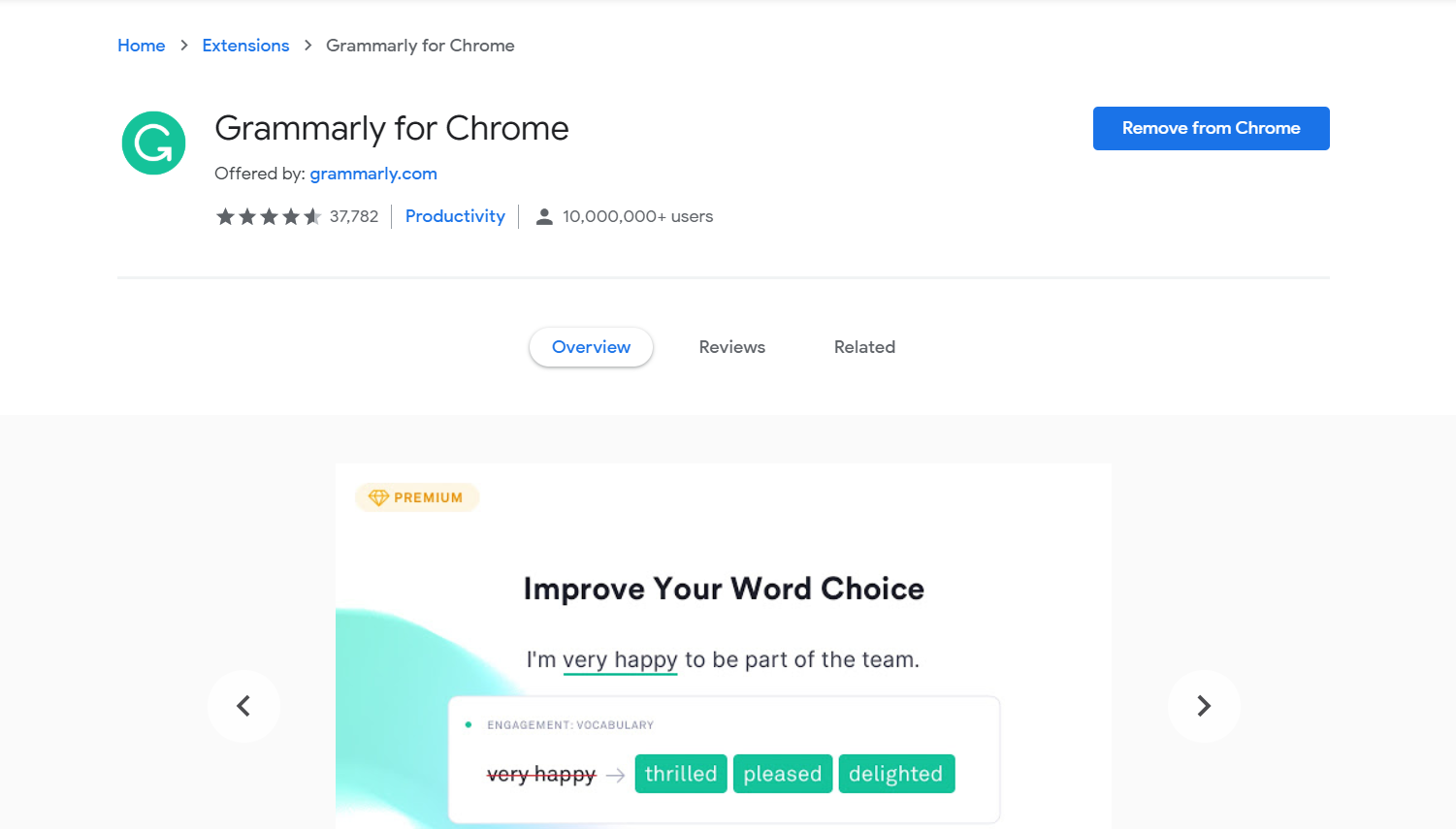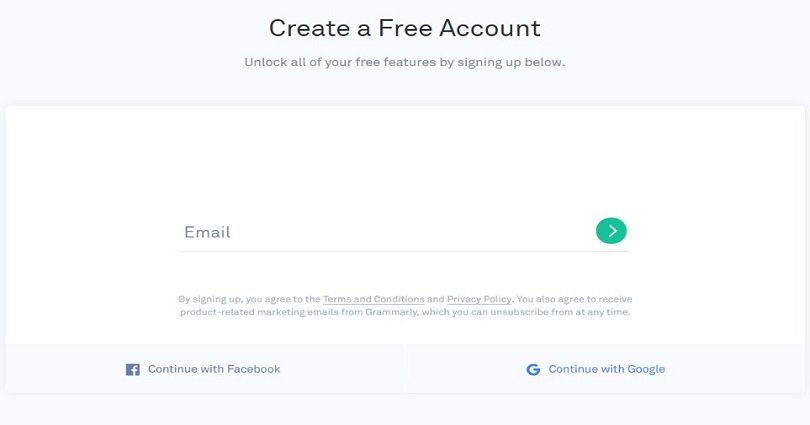
Grammarly’s early product was a simple web app. By 2011, Grammarly counted 300,000 students as registered users and 250+ universities as customers. 2011: Grammarly continued to develop the education market. At the time, Grammarly counted over 150,000 students as registered users. 2010: As Grammarly first grew its product, it focused on students and education on its landing page. Grammarly 2008-2009: The original, bare-bones Grammarly product was simply a WYSIWYG editor that you could copy and paste text into. Grammarly’s early landing pages marketed Grammarly’s web editor product to universities and students: Unlike Ukrainian, western educational institutions are open for new technologies.” Schevchenko explains: “We still had many friends at the universities. So when the co-founders built out Grammarly, they used the connections they had in the university segment as a starting point-knowing that they’d eventually expand to reach a broader audience. While plagiarism is a problem that universities care about, writing and communicating is a problem that everyone cares about. From the beginning, Grammarly was designed to be a product that actually helps people write better-a problem with a much bigger market opportunity than MyDropbox. With their next product, Grammarly, Shevchenko and Lytvyn had learned their lesson. The co-founders won’t say how much they sold MyDropbox for, except that the amount was minimal. The problem was that the product had a narrow, academic use-case, which limited growth potential. By 2007, MyDropbox had expanded to 800 universities and roughly 2 million students.
#GRAMMARLY FOR CHROME DOWNLOAD SOFTWARE#
You have to sign up paying customers as soon as possible to get your burn rate under control.īefore there was Grammarly, there was MyDropbox, an online plagiarism checking tool for universitiesīefore Grammarly, the two co-founders had created plagiarism-checking software called MyDropbox in 2002. When you’re self-funding a product, you typically don’t have a lot of cash to invest into the business.

Then, the company expanded its product so subscribers could use the tool directly in Microsoft Office, and then with web applications via a Google Chrome extension. By the time Grammarly transitioned to freemium, it was already profitable with millions of users-and could fund a freemium plan to drive even more new user acquisition. They used revenue from universities to improve the core product, before expanding into the consumer market. It actually monetized backwards.Īs a self-funded company, Grammarly began by selling to the enterprise. What’s interesting is that unlike most companies, Grammarly didn’t begin as a freemium business. The core grammar-checking and writing product is the same service that Grammarly has offered for years. Upgrading to the paid plan gives you access to a deeper feature set including grammar and plagiarism checks, as well as contextual advice to improve your writing.

#GRAMMARLY FOR CHROME DOWNLOAD FREE#
The free extension highlights any major spelling mistakes you make when you type anywhere on the web. If you’re familiar with Grammarly, you probably encountered it first through its free browser extension for Google Chrome.

Let’s dive into exactly how Grammarly grew their business to almost 7 million daily users-and where they can go from here. Grammarly has achieved all of this by focusing relentlessly on a single core value: helping people communicate better wherever they write online on a daily basis.

This year, it raised money for the first time-a $110 million investment led by General Catalyst. Year after year, Grammarly has annually doubled key metrics like users and revenue. To date, Grammarly’s free Chrome extension has been downloaded 10 million times, and the company has 6.9 million daily active users. Since 2008, Grammarly has quietly grown one of the most successful self-funded products on the web.Ĭo-founders Alex Shevchenko and Max Lytvyn built a wide product over the past nine years and achieved massive adoption.


 0 kommentar(er)
0 kommentar(er)
